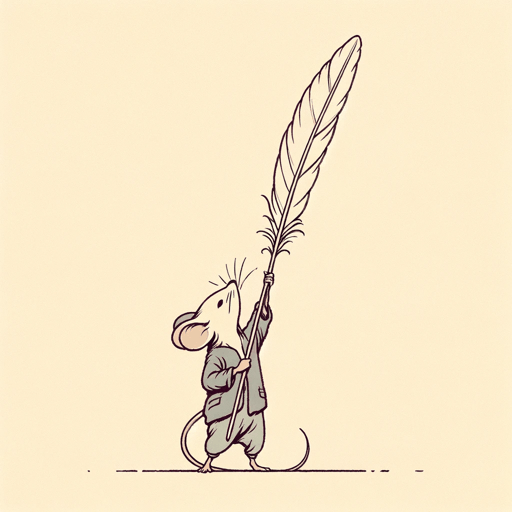62 pages • 2 hours read
AviThe Fighting Ground
Fiction | Novel | Middle Grade | Published in 1984A modern alternative to SparkNotes and CliffsNotes, SuperSummary offers high-quality Study Guides with detailed chapter summaries and analysis of major themes, characters, and more. For select classroom titles, we also provide Teaching Guides with discussion and quiz questions to prompt student engagement.
Summary and Study Guide
Overview
The Fighting Ground, a novel by children’s writer Avi, tells the story of a 13-year-old boy who runs away from home to join the American Revolution. The book gives a minute-by-minute account of one day in the boy’s life and the hard lessons he learns about war. First published in 1984, the novel won several honors, including the Scott O’Dell Award, but it was also challenged or banned in some school districts for its use of profanity.
Avi is the pen name of Edward Irving Wortis, author of more than 80 books, many of which won awards, including the Newbery Medal and two Newbery Honors. Study guides for several of Avi’s books are available at SuperSummary.com.
In 2016, The Fighting Ground was re-released; the e-book version of that edition forms the basis for this study guide.
Plot Summary
Thirteen-year-old Jonathan aches to join the army and fight in the American Revolution like his older brother, but his father, recently wounded in battle, refuses to give him permission to fight. The village bell sounds an alarm, and Jonathan rushes to the tavern to learn news from the battlefront. Enemy soldiers are advancing toward the village, and an army corporal, referred to as the Corporal, gathers volunteers. He drafts Jonathan into service; the lad is only too glad to cooperate.
Borrowed rifle in hand, Jonathan marches with the other 15 citizen soldiers south to the outskirts of a tiny village, Rocktown. There they make a stand against 30 well-armed Hessian grenadiers who advance up the road toward them. The forces shoot at each other. Jonathan fires a shot, reloads, then runs away when a group of Hessians charge him. He escapes into the forest, only to be captured by a trio of enemy soldiers.
The Germans tie a rope around Jonathan and lead him back down the road toward enemy lines. They speak only German, and Jonathan, terrified and disoriented, tries to understand them. A thunderstorm drenches the group. They hear a cow lowing and follow the sound through a deep wood to a clearing and an abandoned farmhouse. Jonathan volunteers to milk the cow; searching for a bucket, he finds a little boy who refuses to speak but points toward the edge of the clearing, where Jonathan finds the bodies of the boy’s parents. He prevails on the soldiers to help him bury the couple.
Night falls, and the exhausted Hessians tie up Jonathan and go to sleep. Jonathan untangles the rope, takes the little boy, and escapes through the forest until he comes to a campfire, where the Corporal and American volunteers are bivouacked. He tells them about his capture and the sleeping Hessians nearby. The Corporal admits that his men executed the farm couple as spies, and he needs Jonathan with him when they return to the farm to deal with the enemy soldiers.
The group hikes back and reaches the farmhouse at dawn. The Corporal orders Jonathan to peer into the house and signal that the Hessians are still asleep. Jonathan steps inside and warns the soldiers they’re under attack. The Americans fire on the house and order the Germans to surrender. Jonathan begs them to do so, but they use him as a human shield and step outside. Jonathan wriggles out of their grasp, and the Americans shoot the Hessians dead.
Jonathan goes back inside and finds his borrowed musket; sobbing with rage, he breaks it against the fireplace. The volunteers trek back to their village, where Jonathan returns to his home and his greatly relieved father.
The story is divided not by chapters, but by time stamps—“10:15,” “10:45,” etc.—that chronicle the minutes of Jonathan’s life during his 24 hours as a citizen soldier. The book contains appendices, including a translation of the German’s dialog.
Related Titles
By Avi

City of Orphans
Avi

Crispin: At the Edge of the World
Avi

Crispin: The Cross of Lead
Avi

Nothing But The Truth
Avi

Poppy
Avi

The Man Who Was Poe
Avi

The Secret School
Avi

The True Confessions of Charlotte Doyle
Avi

